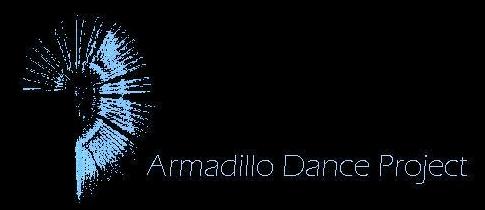
|
Canvas+Triggers: Suite Video: Allen Fogelsanger Presentations March 11, 2011 American College Dance Festival Association Northeast Regional conference Muhlenberg College Allentown, Pennsylvania October 2, 2010 SoundCrawl Nashville, Tennessee |
|
Canvas+Triggers: Suite is a collection of four short videos reconstructing the projections and sound produced by users of the movement-interactive multimedia installation Canvas+Triggers at Abundance 2010. They do not replicate exactly what the users experienced for a variety of reasons, mainly because of the randomness built into the computer choices, particularly regarding color and fade time. At Abundance we used two digital camcorders and two computers. One camcorder and computer pair produced the video projections; the other produced the sound. The camcorders were placed very near to the projection surface, especially on the second day, pointing from the vicinity of the projection surface in the direction of the projector. The Suite videos were made from tapes in the camcorder sending data for audio. To continue sending a video signal it required a miniDV tape actually recording, and it would turn off after the tape reached its end. Every hour we needed to either rewind or replace the used up tape. In some hours there had been considerable user activity and we kept some of those for documentation purposes. Because the tapes come from the audio-producing camcorder, which was slightly to the side of the video-producing camcorder, the perspective in these reconstructed videos is slightly off center. Additionally the colors and fade times are not what the users were interacting with at Abundance. Given their random changes they are impossible to remake exactly. The Suite videos are reconstructed at 15 frames per second (with a few dropped frames) while at Abundance the frame rate tended to be in the low 20s. Of the sounds, the swishes and footsteps are at least in theory reproducible by re-playing the video recording through the appropriate Max patch, but in practice they tend to be only approximations of what was produced live. This is because the frame rate affects the difference video frames which are analyzed to produce the sound. Additionally, the piano and the background wood percussion have degrees of randomness in their production and so cannot be reproduced with any degree of precision. The addition of the sound of Triggers to the purely visual Canvas was the only difference between the Karlstad installation and the installations in Ithaca on May 6-8 & 9 and in Southbank Centre, London, on June 3. The sound is delicate, and thus could not have been heard in the previous venues because of other noise. Especially satisfying was the way the "swishy sounds" somehow gave greater weight and substance to moving and painting. The "swish" helps to embody the act of coloring the projection, which otherwise seems distanced by the lack of physical touch between one's self and the painted image. The "swishes" reflect the continuous quality of movement, varying directly with the size of the movement, and so capture important aspects of how the movement feels. This seemed to strengthen the connection between users and video. Canvas+Triggers has evolved further into Canvas+Triggers+Snaps, which was presented as part of the installation-performance Whitespace at DRHA 2010 at Brunel University in London, 5-8 September 2010. Snaps adds the capability of users to take snapshots of the painting projections for playback on a second projection surface. Whitespace was presented Wednesday, September 8, 10am-3pm, in the Antonin Artaud building, room 101. Canvas+Triggers+Snaps was presented on its own as an installation during the 2011 ACDFA Northeast Regional conference at Muhlenberg College in Allentown, Pennsylvania; it was available for interaction on Thursday, March 10, 9:15am-6:15pm, in the Great Room of Seegers Union. |